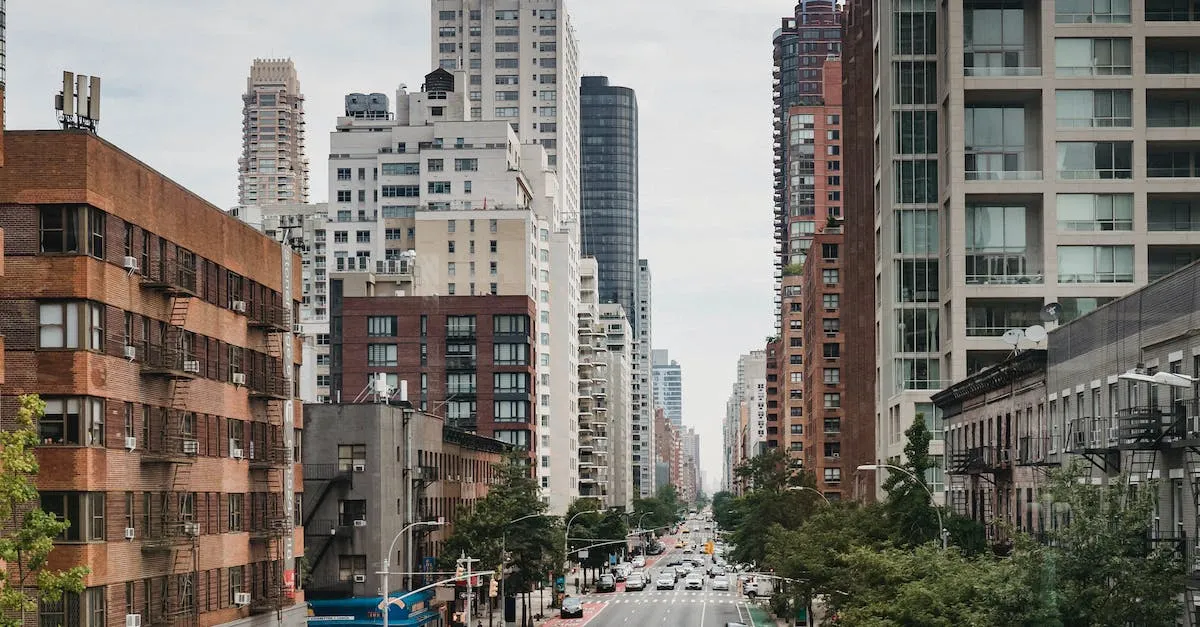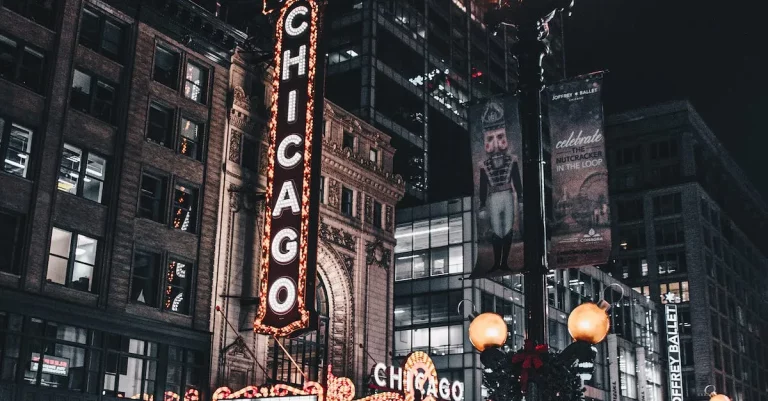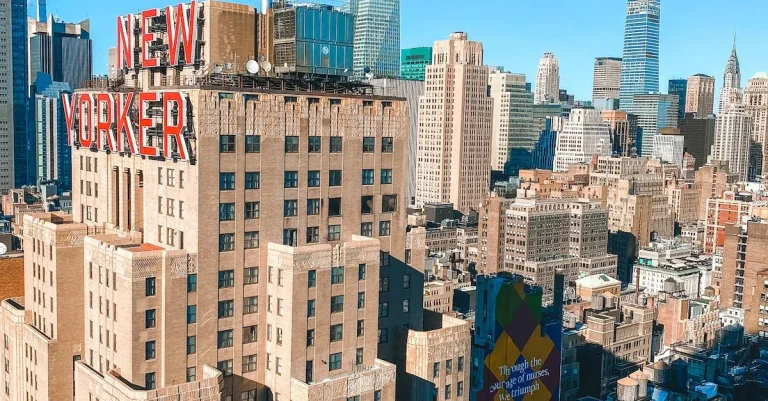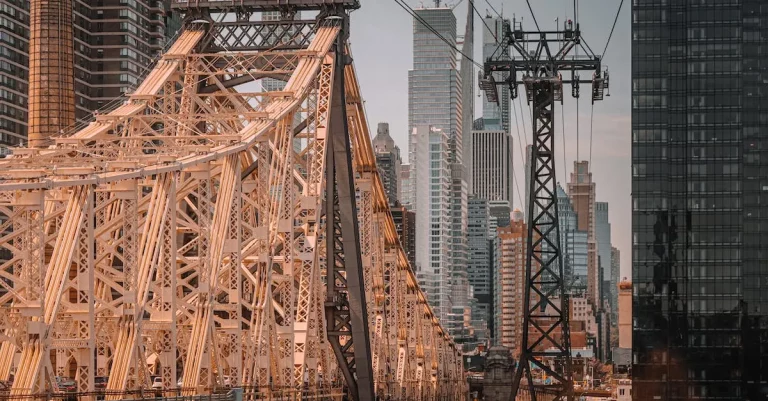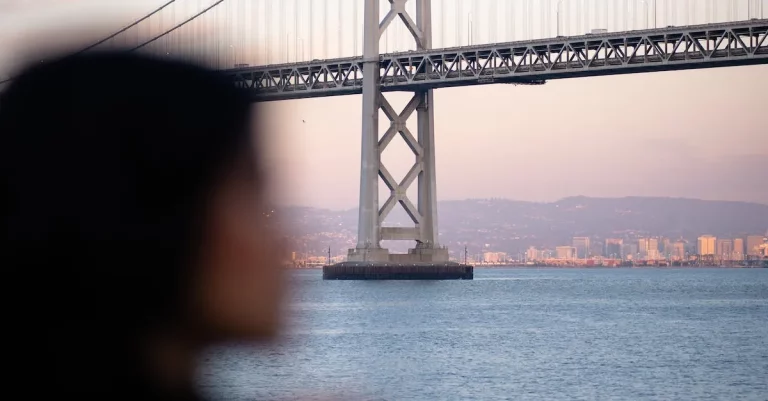Gotham City: Batman’S Fictional Home Modeled After The Real New York City
Gotham City conjures up vivid imagery of dark alleys, imposing gargoyles and the Bat Signal shining over a gritty, crime-ridden metropolis. This fictional city serves as the backdrop for Batman’s crusade against evil. But is Gotham City actually based on New York City? At first glance, the parallels between Gotham and NYC seem abundantly clear. However, the connections run deeper than many casual fans realize. If you’re pressed for time, here’s a quick answer: Yes, Gotham City was purposefully created to be reminiscent of New York City in terms of geography, architecture and tone.
In this comprehensive guide, we will delve into the many ways that Gotham City reflects elements of the real New York City. We’ll look at direct quotes from Batman’s creators about using NYC as inspiration. We’ll also explore how Gotham’s geography, landmarks and urban fabric mirror New York’s distinct features. By the end, you’ll understand just how profoundly New York has influenced the dark, brooding nature of Batman’s beloved Gotham.
Batman Creators Confirm NYC as Gotham’s Model
Bill Finger and Bob Kane’s Intentions
When it comes to the origins of Gotham City, the fictional home of Batman, there is no doubt that the city was heavily inspired by New York City. The creators of Batman, Bill Finger and Bob Kane, have confirmed that they intended Gotham to be a representation of the Big Apple.
In fact, when they first conceptualized the character and his surroundings, they specifically mentioned New York City as the model for Gotham.
According to interviews and statements made by Finger and Kane, they wanted Gotham to be a dark and gritty city, just like New York in the 1930s and 40s. They aimed to create a realistic urban environment that mirrored the crime-ridden streets of the real world.
By basing Gotham on New York City, they were able to ground Batman’s stories in a recognizable and relatable setting.
Supporting Quotes from Comic Book Artists
Many comic book artists and writers have also echoed the sentiment that Gotham City is indeed a fictional representation of New York City. Frank Miller, the renowned writer and artist behind “Batman: The Dark Knight Returns,” has stated, “Gotham City is just New York City without the lights.”
This comparison highlights the similarities between the two cities, emphasizing the dark and gritty nature that both share.
Furthermore, Greg Capullo, the artist for the critically acclaimed “Batman” series in the New 52 era, has also expressed his view on the matter. In an interview, Capullo stated, “Gotham City is all the best parts of New York City, from the architecture to the crime rate.”
His words further solidify the notion that Gotham City is a fictionalized version of New York City.
It is clear from the statements of both the creators and other comic book artists that New York City served as the inspiration for Gotham City. The similarities in architecture, crime, and overall atmosphere are undeniable.
The decision to base Batman’s home on such a renowned city has undoubtedly contributed to the character’s enduring popularity and the timeless appeal of his stories.
Gotham’s Geography Places It in New York’s Shadow
Gotham City, the iconic fictional home of Batman, is widely known for its dark and gritty atmosphere. What many people may not realize is that Gotham City was actually modeled after the real-life city of New York.
The geography of Gotham plays a significant role in shaping its character, with many similarities to its real-world counterpart.
Location on Maps Over the Years
Over the years, Gotham City has been depicted in various locations on maps, but its most consistent placement is in the northeastern part of the United States. This places it squarely in the shadow of New York City.
Just like New York, Gotham is a bustling metropolis with towering skyscrapers, crowded streets, and a vibrant nightlife. The city’s close proximity to New York has undoubtedly influenced its development and contributed to its enduring popularity.
Harbor Setting and Nearby Cities
One of the defining features of Gotham City is its harbor setting, which mirrors New York’s own harbor on the East River. Both cities have a rich maritime history, with bustling ports that have been integral to their economic growth and cultural diversity.
Additionally, Gotham is often depicted as being surrounded by smaller cities and suburbs, much like New York’s relationship with cities such as Jersey City and Newark. This close proximity to neighboring areas adds depth and complexity to Gotham’s urban landscape, much like it does for New York.
Climate and Topography
Gotham City shares a similar climate and topography with New York. Both cities experience cold winters, hot summers, and mild springs and autumns. The city is also known for its varied topography, with Gotham being depicted as having everything from sprawling urban neighborhoods to dense forests and even swamplands.
These diverse landscapes add to the allure of Gotham and make it feel like a living, breathing city.
NYC’s Architectural Styles and Urban Landscape
New York City, also known as the Big Apple, is famous for its iconic skyline and diverse architectural styles. It serves as the real-life inspiration for Gotham City, the fictional home of Batman. The urban landscape of New York City has greatly influenced the creation of Gotham, with its towering skyscrapers, gritty neighborhoods, and notable landmarks.
Gotham’s Art Deco Skyscrapers
Gotham City is renowned for its magnificent Art Deco skyscrapers, a style popularized in the 1920s and 1930s. This architectural movement is characterized by its sleek lines, geometric shapes, and decorative motifs.
Many of Gotham’s fictional buildings draw inspiration from real-life Art Deco landmarks in New York City, such as the Empire State Building and the Chrysler Building. These towering structures not only add a sense of grandeur to the cityscape but also symbolize Gotham’s status as a bustling metropolis.
Gritty, Crime-Filled Neighborhoods
Gotham City is notorious for its gritty and crime-filled neighborhoods, which mirror the darker side of New York City. These areas are often depicted as rundown, with dilapidated buildings, graffiti-covered walls, and dimly lit streets.
They serve as the backdrop for Batman’s crime-fighting adventures, highlighting the stark contrast between the wealthy and the impoverished. While New York City has undergone significant urban renewal and revitalization efforts in recent years, certain neighborhoods still retain their gritty charm, offering a glimpse into the city’s complex history.
Park Row and Other Notable Sites
Park Row, a fictional street in Gotham City, is said to be inspired by Park Row in New York City. This historic street, also known as Newspaper Row, was once home to the city’s major newspapers and media outlets.
In Gotham, Park Row is often depicted as a central hub for journalists and a hotbed of intrigue. Other notable sites in Gotham City, such as Arkham Asylum and Wayne Tower, draw inspiration from real-life landmarks like Bellevue Hospital and the Flatiron Building.
Exploring the architectural styles and urban landscape of New York City provides insights into the creation of Gotham City. The rich history and diverse neighborhoods of the Big Apple have served as a muse for the fictional world of Batman, adding depth and realism to the stories that unfold within its boundaries.
Conclusion
From the seedy alleys to the soaring skyscrapers, Gotham City was undeniably crafted as a darker doppelganger of New York City. The creators of Batman readily admit that NYC provided the template for Gotham’s geography, architecture and atmosphere. While not an exact replica, Gotham embodies the most dramatic qualities of New York – the bustling crowds, towering buildings and dichotomy of old and new. This allows Gotham to be a vivid, versatile setting for Batman’s exploits. When exploring Gotham City, fans can enjoy the thrill of seeing a fantasy NYC where no place is safe from the caped crusader’s pursuit of justice.

